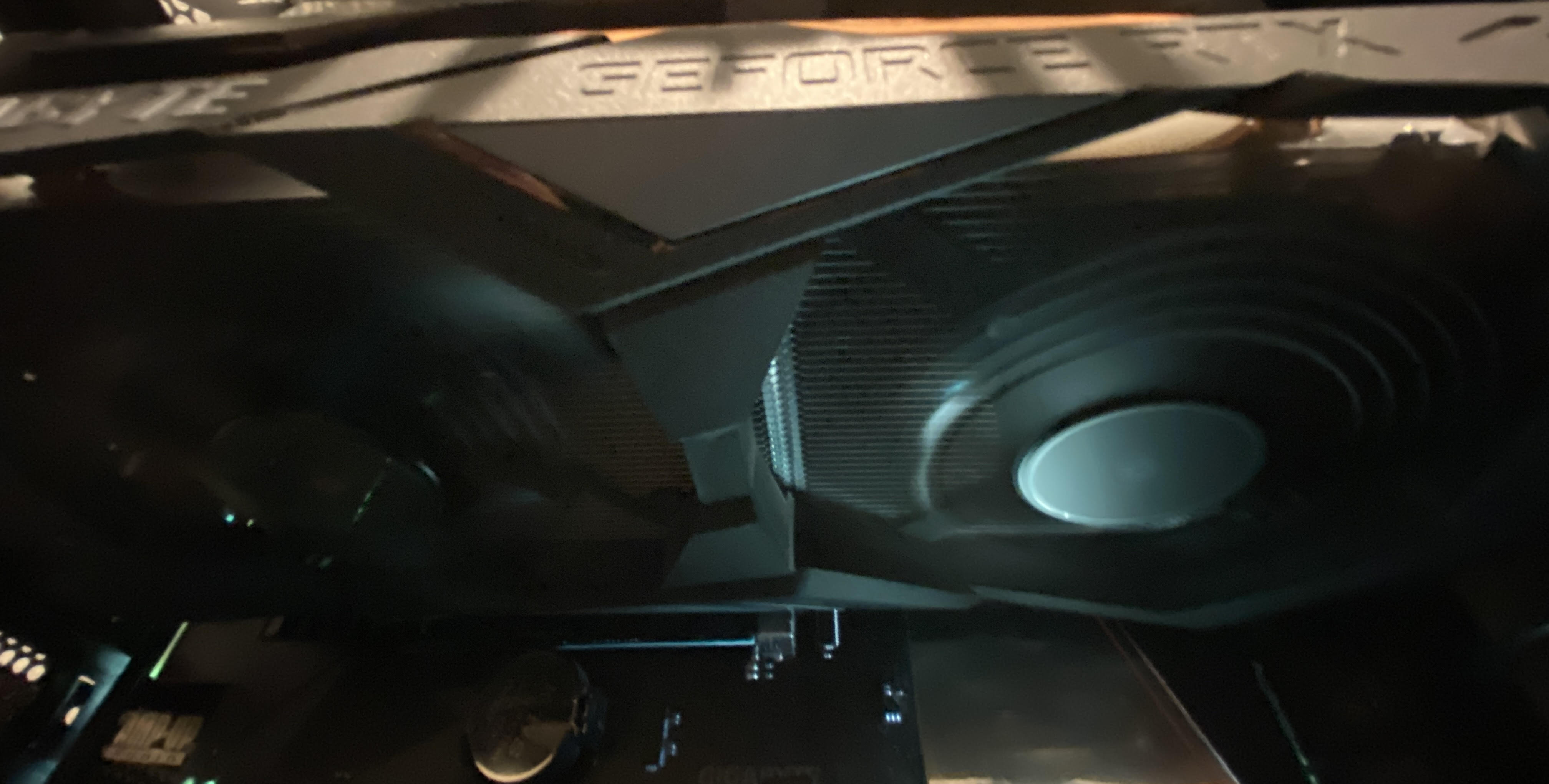(Image Credit: EVGA)
At CES 2021, Nvidia unveiled the new cheapest member of the Ampere family: The RTX 3060. This card will have an MSRP of 329 dollars, a bit cheaper than the launch day MSRP of the RTX 2060, which was 349. The MSRP of that card later decreased by 50 dollars, but prior to that partner cards from Gigabyte, MSI, Asus, etc. could be had for less than 349 anyway. We will have to wait and see whether the 3060 experiences something similar though frankly that would be extremely unlikely given the way things are going regarding purchasing GPUs right now. In other words, you aren’t going to be able to buy this at any price besides an outrageous one – speculation about the MSRP dropping is worthless.
Specs
The RTX 3060 has 3,584 CUDA Cores and has a base clock and boost clock of 1.32 Ghz and 1.78 Ghz respectively. It also is packed with 12GB of GDDR6 memory, to go along with a 192 bit memory bus. Comparing this to the 70 dollar more 3060 ti, an odd thing you will notice is that the 3060 ti has a larger memory bus despite having only 8 GB of GDDR6. Which is odd. But that’s the only thing the 3060 has more of than the 3060 ti. Which makes sense since the 3060 ti is supposed to be better. The 3060 ti has 4,864 CUDA cores and a base/boost clock of 1.41/1.67 Ghz respectively. So the base clock is higher than the 3060, yet the boost clock is lower. Obviously, we don’t actually know how this will translate into real world performance as the only people to be able to benchmark this card would be Nvidia themselves and a few lucky individuals. We can look at the spec differences between similar cards and higher end ampere cards as well as previous generation cards to see how the 3060 will perform and gain a better idea as to whether it is worth it.

If we are just talking about rasterization based games, which are still almost all games, the RTX 3060 will perform just fine. Very good, in fact. Raster performance is very heavily defined by CUDA cores, and the RTX 3060 basically stays in line with the amount of CUDA cores lost per downgrade as it loses a similar amount as the 3060 ti did compared to the 3070. But there’s some other funky business going on, which is that if you disregard CUDA cores besides clock speed differences that are higher on the 3070 the 3060 ti is the exact same thing. But the 3060 ti is not like that with the 3060 – there are more differences. The memory bus is lower despite a lot more VRAM, which is interesting. You basically get a very inconsistent amount of VRAM with Ampere, as you get 12GB on the 3060, 8 on the 3060 ti, 8 on the 3070, 10 on the 3080 and freaking 24 on the 3090. The increase from 3070 onward is fine. But the fact that a lower end card in the 3060 – the cheapest announced Ampere card – has the second most VRAM out of the entire lineup doesn’t really make sense. I mean, a 192 bit memory bus is commonplace for a 60 series card, but that might be impacting performance a lot more than we think if Nvidia opted for 12GB of VRAM on this card, perhaps to make up for it. It’s a very intriguing decision to say the least.



